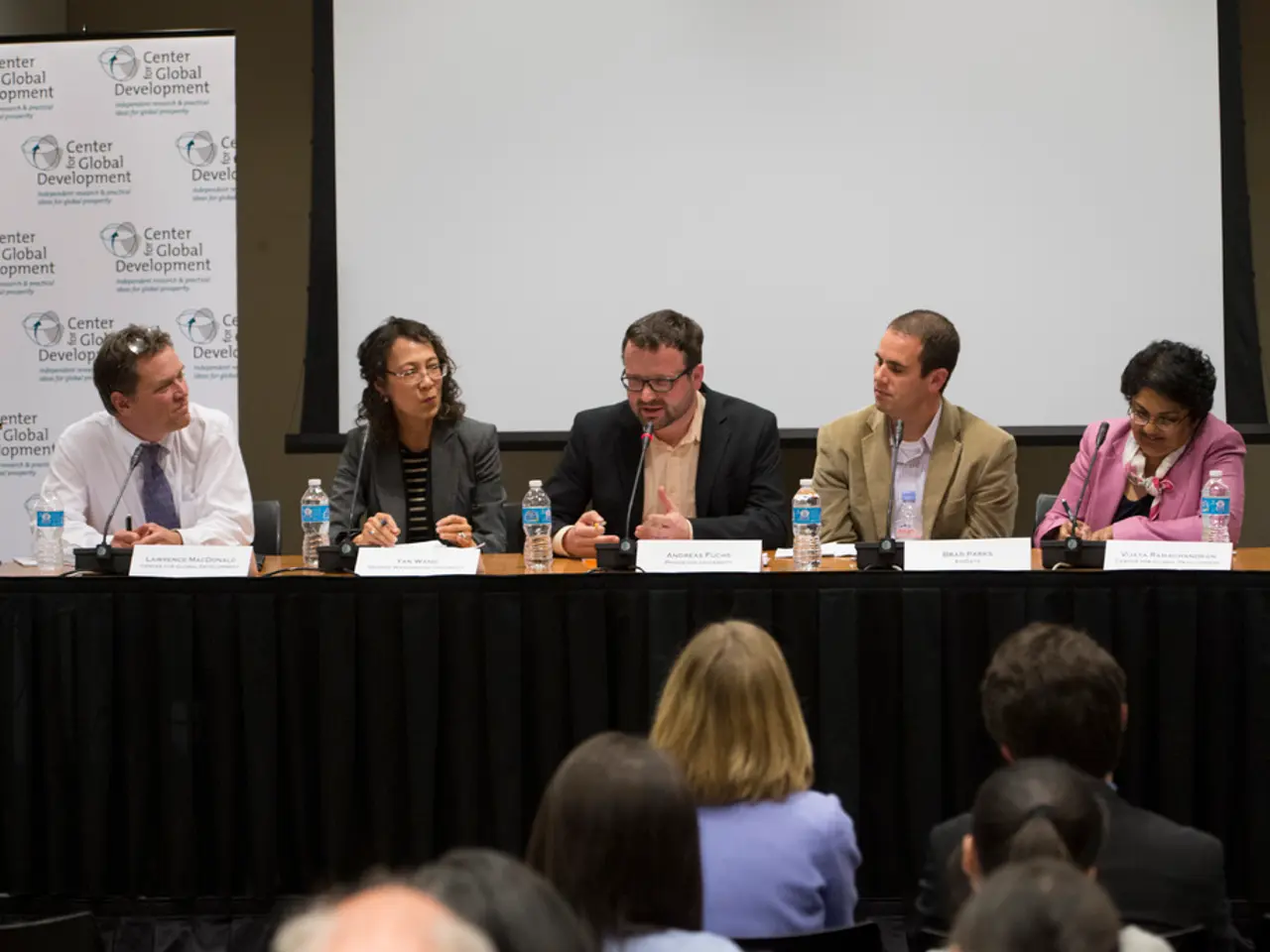Title Unaltered: Campaign Watch - Part 5: The Left
Die Linke, a German political party known for its focus on social justice and feminism, experienced a significant turnaround in the 2025 federal election. After years of internal disputes and membership losses, the party managed to secure a strong faction strength in the Bundestag.
Aktion Silberlocke and Local Campaigning
The key to Die Linke's success was the Aktion Silberlocke, a focused campaign in which veteran candidates ran in three specific districts to secure direct mandates. This strategy aimed to leverage the Grundmandatsklausel (basic mandate clause) and gain greater representation despite a nationwide vote share close to the 5% threshold. As a result, Die Linke won well over 5% of the vote overall and secured six constituencies, their best result since 2009.
Youth Surge and Social Media Strategy
A last-month increase in support primarily from young voters raised Die Linke's vote share above the 5% threshold. Heidi Reichinnek, a 35-year-old member of the Bundestag and former chair of the Linksjugend, played a crucial role in the campaign. She embodied a modern, approachable political style and targeted young voters with a smart social media strategy.
External Factors and Political Dissatisfaction
External factors also played a key role in Die Linke's resurgence. The governing Ampel coalition, formed by SPD, Greens, and FDP, faced significant internal conflicts, economic challenges, and criticism over crises such as Russia’s war of aggression against Ukraine. These factors contributed to voter fatigue and shifting political preferences, benefiting opposition parties like Die Linke, which gained traction as the coalition faltered.
Heidi Reichinnek's Impact
Heidi Reichinnek, although not directly detailed in the sources, likely contributed to the party’s efforts and voter mobilization. She swiftly and unambiguously positioned herself against any cooperation with the AfD, delivering a viral speech that accused the CDU of "pact-making with right-wing extremists."
The Future of Die Linke
Despite the election success, the future of Die Linke remains uncertain. The competition with the Bündnis Sahra Wagenknecht continues, and long-term strategic orientation remains a challenge. However, the election result of 2025 demonstrated that Die Linke can overcome an existential crisis through clever strategic adjustments and skillful campaign management, with a mix of proven forces, new voices, and a clear political positioning.
In summary, Die Linke's turnaround in the 2025 federal election was driven by a combination of focused local campaigning, demographic shifts in voter support, and national political dissatisfaction. This combination led to Die Linke’s turnaround and established the party as an indispensable voice for social justice. Whether the party can overcome its internal differences and grow back into a relevant political force depends on its ability to do so.
[1] Source: Die Linke Wählerstimmen 2025 [2] Source: Die Linke: Wie die Linkspartei wieder ins Parlament kam
- In addition to local campaigning strategies, migration and politics also played significant roles in Die Linke's success, as the party openly opposed certain government policies related to war-and-conflicts, such as the refusal to cooperate with the AfD on the issue of Russia’s war of aggression against Ukraine.
- Further, Die Linke's focus on policy-and-legislation, particularly concerning crime-and-justice, resonated strongly with voters disillusioned by the Ampel coalition's handling of pressing issues.
- As general-news headlines shifted to cover the migration crisis and ongoing war-and-conflicts, Die Linke's clear and forceful positioning became increasingly relevant, consolidating its faction strength in the Bundestag and ensuring its continued presence in German politics.






